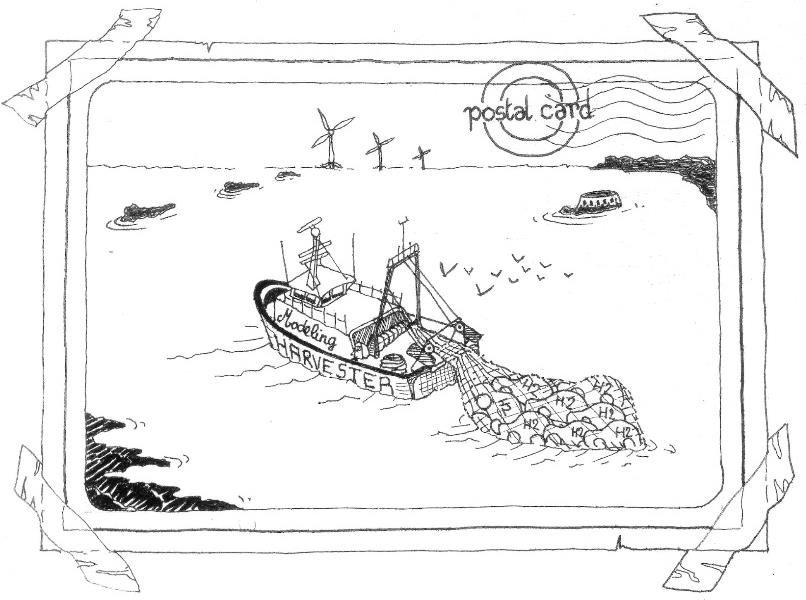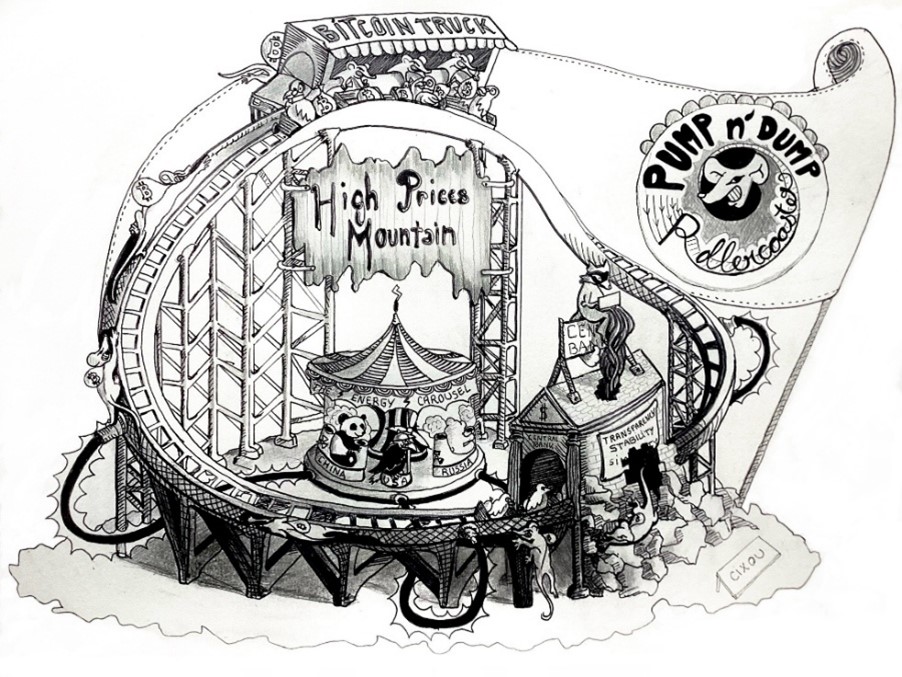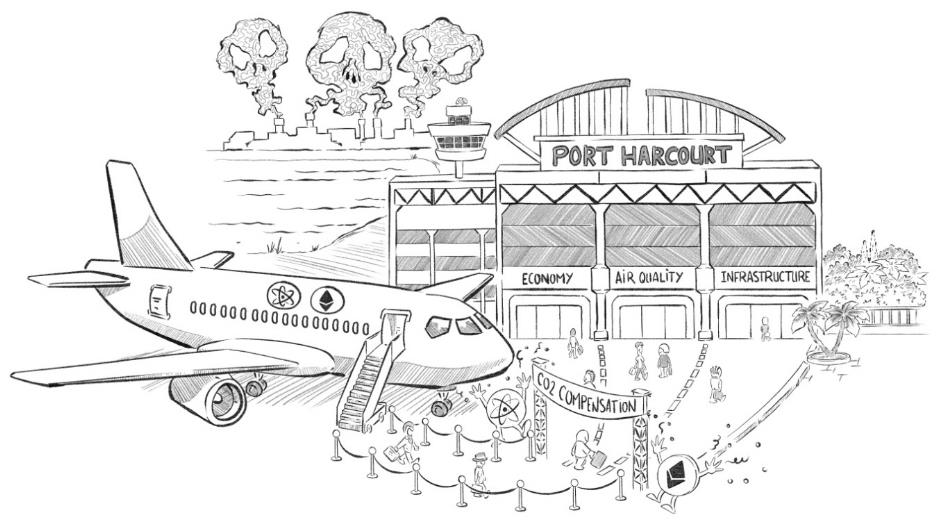How economic modelling can help us increase the demand for renewable hydrogen from the automotive sector, and why could it be compared with fishing quotas?
Fishing quotas are set to optimize the extraction of marine resources over the years. The quota value corresponds to an optimum to keep the marine wildlife populations stable, while still having a fishing industry. A similar mechanism could be set to reach the highest demand for renewable hydrogen from vehicles.
It is our hope to increase the demand for this hydrogen, produced by electrolysis with low carbon electricity. Today most hydrogen consumed by the fleets of hydrogen cars is provided by steam reforming of natural gas, due to lower costs of production and moreover while electricity prices are rising in Europe (without considering the immediate gas and electricity markets volatility related to the Ukrainian crisis). It’s certainly not ideal for climate matters, and neither it is for our energy independence.
Now, let’s assume we set a target for a certain proportion of renewable hydrogen at the filling stations, mixed with hydrogen from fossil energy. The higher is that proportion the more expensive will be the user cost, decreasing the chances for growing fleets of hydrogen cars. On the other hand, no renewable hydrogen at all in the mix will mean cheaper refilling and potentially growing fleets of hydrogen cars, but of course zero demand for this type of hydrogen. It means there is an ideal proportion of renewable hydrogen at the filling stations to obtain the highest demand of this type of hydrogen.
Like for the marine resources, a quota could help us to maximize the potential of renewable hydrogen. The state regulator could set each year a lower bound for the average proportion of renewable hydrogen at the filling stations.
Economic modelling would give us the value of this ideal average proportion of renewable hydrogen at the stations. This would enable hydrogen car fleets, electrolysis capacities and the hydrogen industry to expand; and such a model is certainly feasible since I have already designed it.
For each of the years to come the model would give us a curve of the renewable hydrogen demand on the basis of its proportion at the filling stations. It would more or less look like a skew normal distribution with its maximum corresponding to the targeted proportion.
This mechanism would cost nothing to the State (it’s hard to do better than that), would maximize the demand for renewable hydrogen. As a consequence it would also maximize the environmental and the macroeconomic benefits.
We would have a better trade balance because of a decrease effect on the oil import volumes, and more jobs would be created to produce the hydrogen. Each year we would obtain the maximum number of cumulated kilometres possible travelled with this low carbon and on-site produced fuel. Over the years it could also help decrease the electrolysis costs by offering more predictability for the investments in this sector. Until one day, hopefully, we would even reach the breakeven with hydrogen from fossil fuels, meaning a possible 100% proportion of renewable hydrogen at the filling stations.
Economic modelling is an adequate answer to the rising complexity of the issues we have to face. We surely shouldn’t avoid this option.
Don’t hesitate to contact me if you require economic modelling skills for your strategic decisions, I will be glad to furnish tailor-made models.




